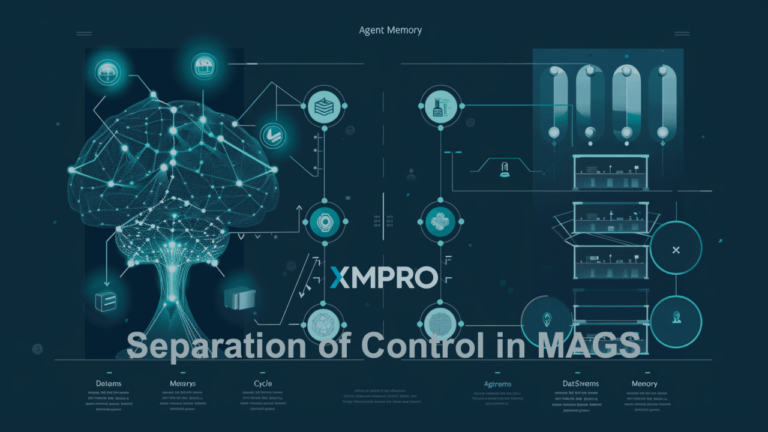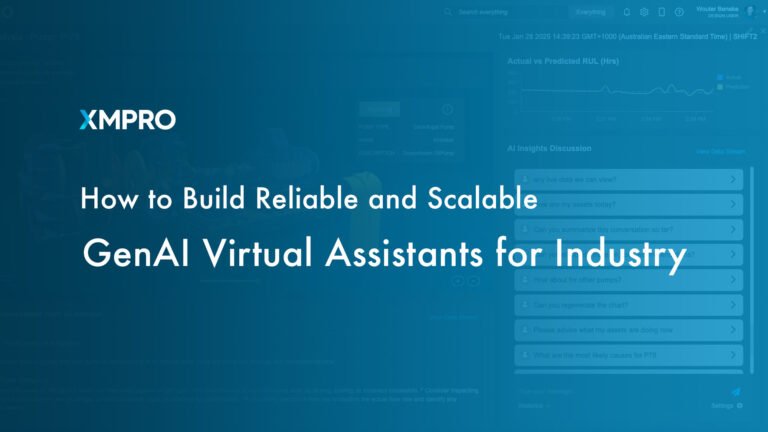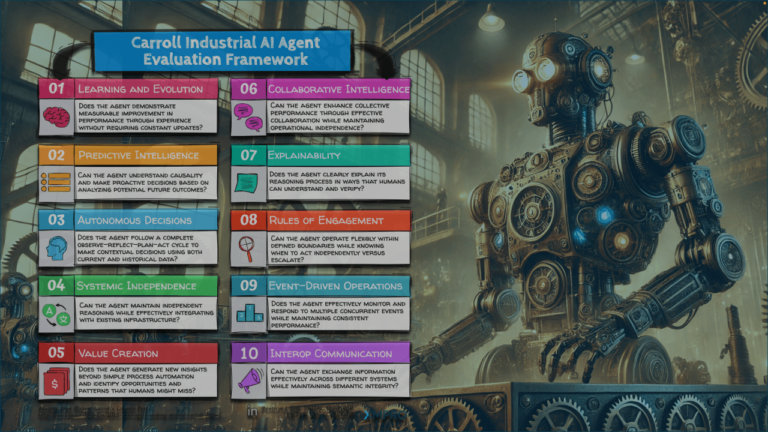This is the topic of a question posted on ebizQ forum. I posted a comment there, but thought I will also re-post it here as mobility is one of the major disruptive trends that are influencing business and ultimately business processes. Here is my reply to the question on the forum
I don’t think it is a question anymore if Mobile BPM is essential to business but rather what is it best suited to. Not all aspects of BPM are useful on all form factors of the various mobile options out there.
Mobile can mean a “mobile worker” that is out in the field using a conventional notebook device (doesn’t that sound weird, that notebooks are now “old”) to connect to a cloud based BPM solution (private or public cloud) and access their conventional browser based user interface to do work. They may even do some process modeling (or agile BPM changes) if their solution allows remote access to the modeling environment. They are likely to access process performance dashboards to look at key metrics or process improvement opportunities.
That “mobile worker” can be someone who accesses their BPM solution from a tablet/slate device like an iPad and even though they can access all of the features of the notebook, they will probably use it for quick response “always on” type customer relationship processes. They may even do the odd leave approval here and there. These devices are great for doctors on their rounds updating patient records or, as in the case of one of our customers, the funeral arranger that sits with a family to plan the logistics of a funeral. By the way, this is a pretty unstructured process. It is also great for social BPM where discussion threads in transactions, for example, need quick response. They may have some key process metrics as graphs on the process form but are not likely to do complex process analytics on their iPads for now. It will mostly be operational metrics.
The chance of them using the touch, pinch and slide to model or change processes are highly unlikely at the moment. That doesn’t say it won’t change in the future.
The “mobile worker” on his or her smartphone is likely to use it almost exclusively for approvals of customer facing or high priority processes. The user interface is optimized for the small form factor and only shows the relevant information to make a quick decision. It is designed for the “always on” employee to will quickly check their email on their phone at a Saturday morning kids soccer game or the manager who needs to approve customer credit notes while waiting to board a plane. Requisitions and purchase order approvals are often candidates for “smartphone” BPM. They are unlikely to have any process analytics capability, but the order approvals process may, for example, have some predictive intelligence in the form.
They are also highly unlikely candidates for mobile modeling. The form factor makes it just too hard.
Mobile BPM is here and used in many processes in many industries and verticals. Mobile BPM is, however, not just a case of taking and existing process and looking at it on your iPhone. The form factor should suit the requirement of the “mobile worker”.



















